Sci-Fi
Terraforming: Turning Dead Worlds into Living Ones
...yet, humanity has tried its hand at terraforming!
If science fiction had a greatest hits album, terraforming would be one of the top tracks. The idea of transforming barren, hostile planets into lush, habitable worlds is one of the most compelling concepts in both sci-fi and real-world space exploration. Whether it’s about saving humanity, expanding our reach among the stars, or playing god with entire ecosystems, terraforming is the ultimate long-term project.
But how close are we to making it a reality? Have we ever successfully terraformed anything? And how has science fiction used it as a storytelling tool? Let’s dig into the dirt (or, in this case, Martian dust).
What Is Terraforming?
Terraforming is the process of altering a planet’s atmosphere, climate, and ecology to make it more Earth-like. Think of it as planetary landscaping on steroids—except instead of adding a pond to your backyard, you’re trying to create oceans, breathable air, and a temperature that doesn’t kill you.
To terraform a planet, we’d need to tackle three key problems:
- Atmosphere – Most planets have air that’s either toxic, too thin, or non-existent. We’d need to pump in oxygen (or other gases) and create a stable atmosphere.
- Temperature – Space is cold. Unless we want to live in endless igloos, we’d have to warm up planets like Mars or cool down places like Venus.
- Water & Ecosystems – Without water, there’s no life. Terraforming means either importing water or melting ice caps to create lakes and oceans. Then comes the slow process of introducing plant life, microbes, and eventually, full ecosystems.
Theoretically, Mars is our best candidate for terraforming, with its ice caps and CO₂-rich atmosphere, but it would take centuries to make it Earth-like. Venus, on the other hand, is so hot that lead melts on its surface, making it a terraforming nightmare (but not impossible).
Historical Attempts at Terraforming (On Earth, At Least)
While we haven’t transformed entire planets yet, humanity has tried its hand at terraforming—just on a smaller, more Earth-bound scale. Some efforts have been successful. Others? Not so much.
Success Stories: Making the Desert Bloom
- The Aral Sea Project (Kazakhstan & Uzbekistan) – A near-total ecological disaster, but an example of how climate modification efforts can help restore damaged environments.
- The Loess Plateau (China) – Once an arid wasteland, this region was transformed into fertile farmland through reforestation and sustainable farming. Proof that large-scale environmental shifts can happen.
- The Netherlands’ Land Reclamation – The Dutch have been literally building land out of the ocean for centuries, showing that human ingenuity can reshape entire regions.
Failures (Or At Least, Setbacks)
- The Biosphere 2 Experiment (Arizona, 1991) – Scientists attempted to create a self-sustaining, closed ecosystem in a massive dome. Unfortunately, oxygen levels plummeted, food ran low, and the team nearly suffocated. Valuable lessons were learned, but it proved that ecosystems are stupidly complicated to balance.
- The Dust Bowl (U.S., 1930s) – This was accidental terraforming in reverse. Over-farming and poor land management turned the Midwest into a desert of dust storms, proving how easily humans can destroy an environment without meaning to.
These historical projects—both intentional and accidental—serve as reminders that altering an ecosystem is far from simple. If we can’t perfectly control it here on Earth, imagine how much harder it would be on a planet with zero life to begin with.
Why Terraforming Is Essential for Humanity’s Future
The need for terraforming isn’t just about wanting to play space gardener—it may be necessary for our survival.
- Earth Won’t Last Forever – Between climate change, overpopulation, and the eventual death of the Sun, humanity will need backup options.
- Deep Space Colonization Needs Habitable Worlds – If we want to expand beyond our solar system, we’ll need planets that can support human life.
- It’s Easier to Live on a Terraformable Planet Than in Space Stations – While sci-fi loves its giant space stations, a fully terraformed planet would be a lot more sustainable than living in artificial habitats forever.
It won’t happen overnight—terraforming an entire planet could take centuries or millennia—but if humanity sticks around long enough, it’s inevitable.
Terraforming in Science Fiction
Now, let’s talk about where sci-fi got it right—and where it made things a little too easy.
Dune (Frank Herbert)
One of the best examples of terraforming in fiction, Dune’s planet Arrakis is an arid desert world where water is more valuable than gold. The Fremen, the native people of Arrakis, have an active plan to terraform their world, using underground water caches, hardy plant life, and controlled weather manipulation.
Herbert was inspired by real-world desert survival techniques and ecological studies on how humans could transform harsh environments into sustainable ones. While Arrakis never becomes fully terraformed in the books, the idea that an entire society is slowly working toward planetary transformation is deeply realistic.
Red Mars Trilogy (Kim Stanley Robinson)
This series dives into the gritty science of terraforming Mars, covering everything from political struggles to engineering challenges. It’s one of the most detailed and realistic depictions of the process, showing how difficult (but possible) it would be.
The Expanse (James S.A. Corey)
In The Expanse, terraforming efforts are slow, difficult, and politically charged. Mars, in particular, is partially terraformed, but the process is taking centuries, and not everyone is happy about it. The series does a fantastic job of exploring the human side of terraforming—the conflicts, the struggles, and the moral dilemmas.
Star Trek & Other Sci-Fi
Many stories take a much easier approach—terraforming that happens in a matter of years, or even hours (Star Trek’s Genesis Device being the most ridiculous example). While fun, these depictions gloss over just how mind-bogglingly complex planetary engineering really is.
Terraforming: The Ultimate Sci-Fi Playground
Terraforming isn’t just about changing landscapes—it’s about human ambition, survival, and the drive to shape the universe. Whether in fiction or reality, it remains one of the most fascinating frontiers in planetary science.
And if you’re lucky, maybe one day your descendants will walk on a world that only existed in sci-fi.
About Leif J. Erickson
Leif J. Erickson is a science fiction and fantasy author from a small farming community in west central Minnesota. Using his time wisely when he was a farmer, Leif developed many ideas, characters, and storylines to create over fifty unique first drafts and outlines for stories. From his start in a small town school, to college at North Dakota State University, back to his family farm, then to the bright lights of Minneapolis, Minnesota, and back to his small farming town, Leif has always had a love of writing.
When Leif isn’t writing he can be found with his wife hiking in state parks, canoeing local lakes and rivers, exploring local and regional ghost towns, experiencing museums, or simply reading or hanging out with friends and family. Leif draws on the local nature and ecology to find inspiration for his writing while he also asks what’s possible for technology and the human race, weaving them together for amazing stories that will stay with the reader for years to come. Leif looks forward to having many novel and story releases in the years to come.
You can see all of Leif’s Books here: Leif’s Amazon Author Page

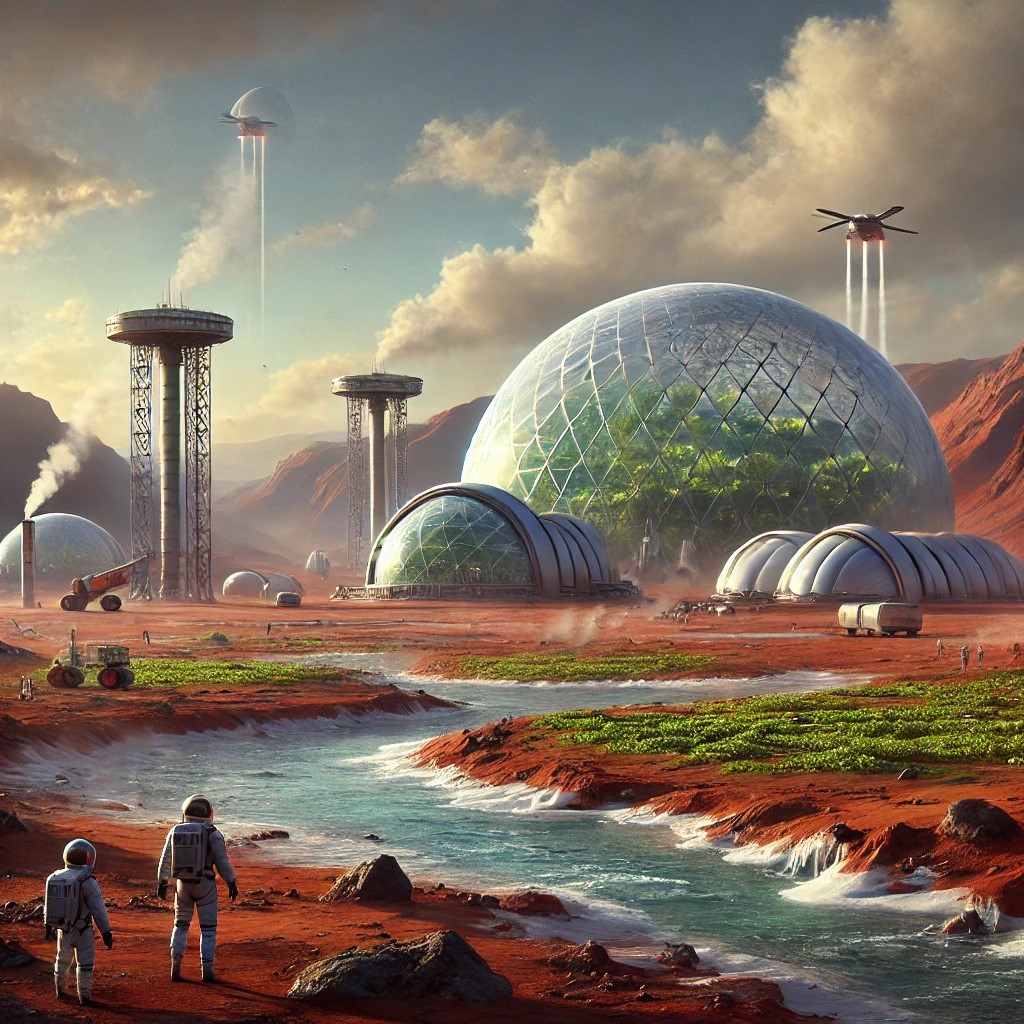


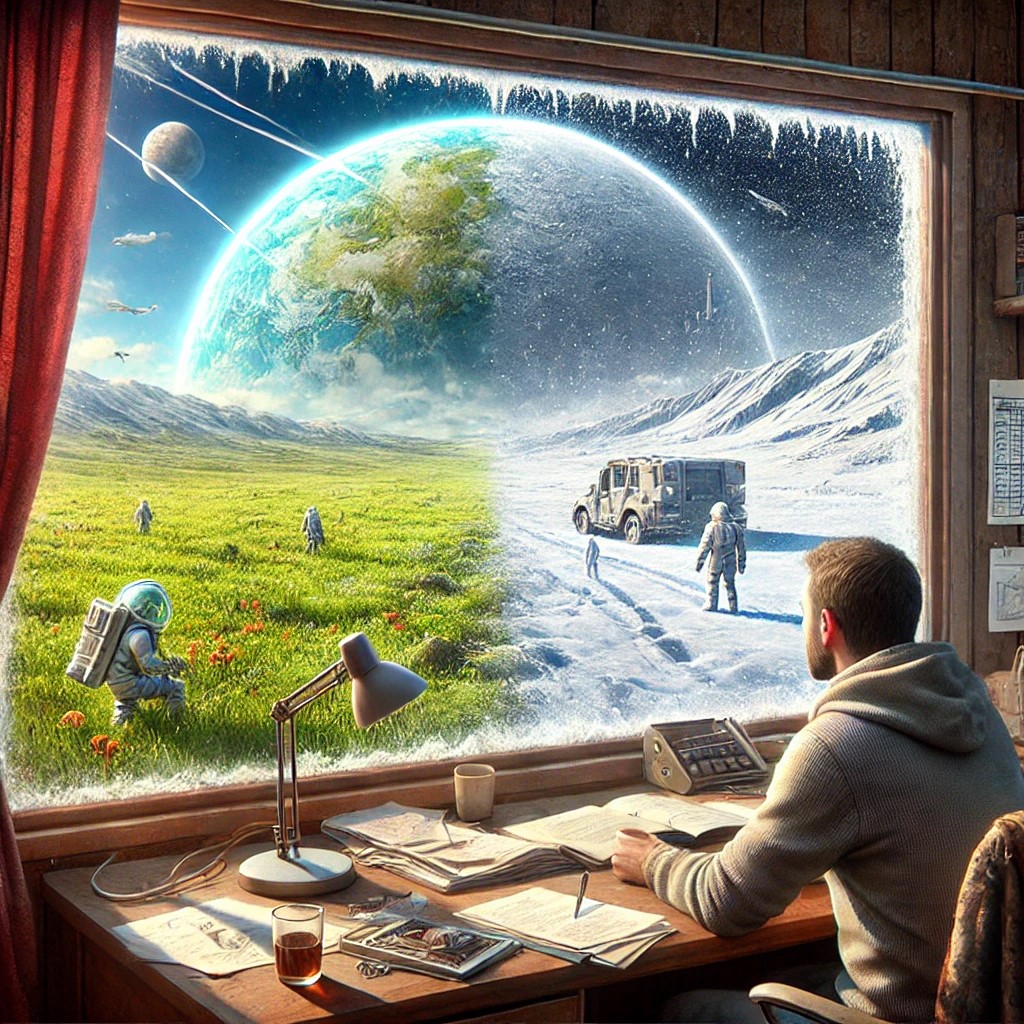

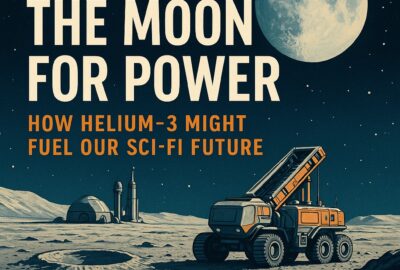
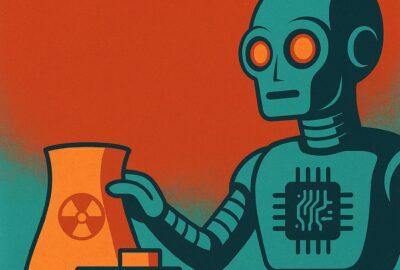
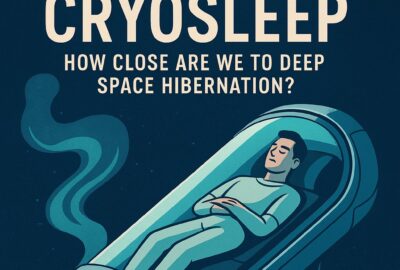



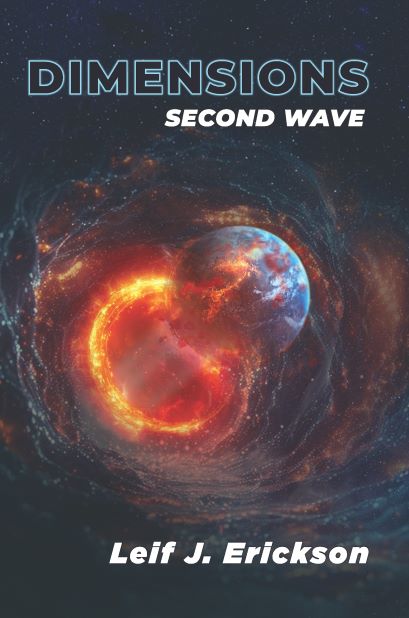
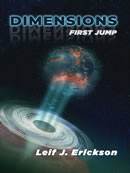



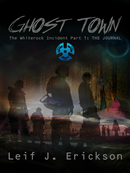





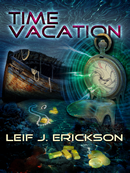





Leave a reply
You must be logged in to post a comment.